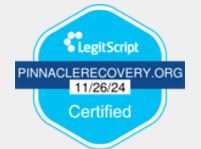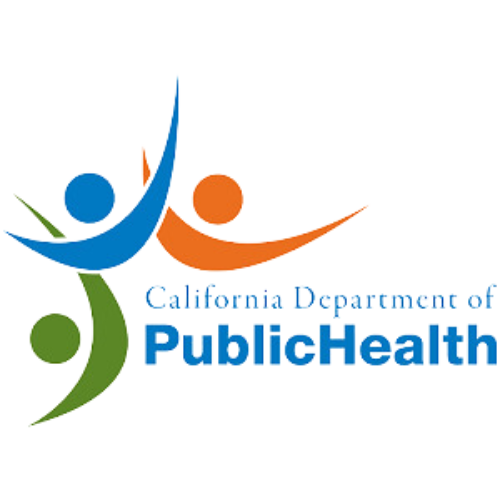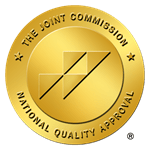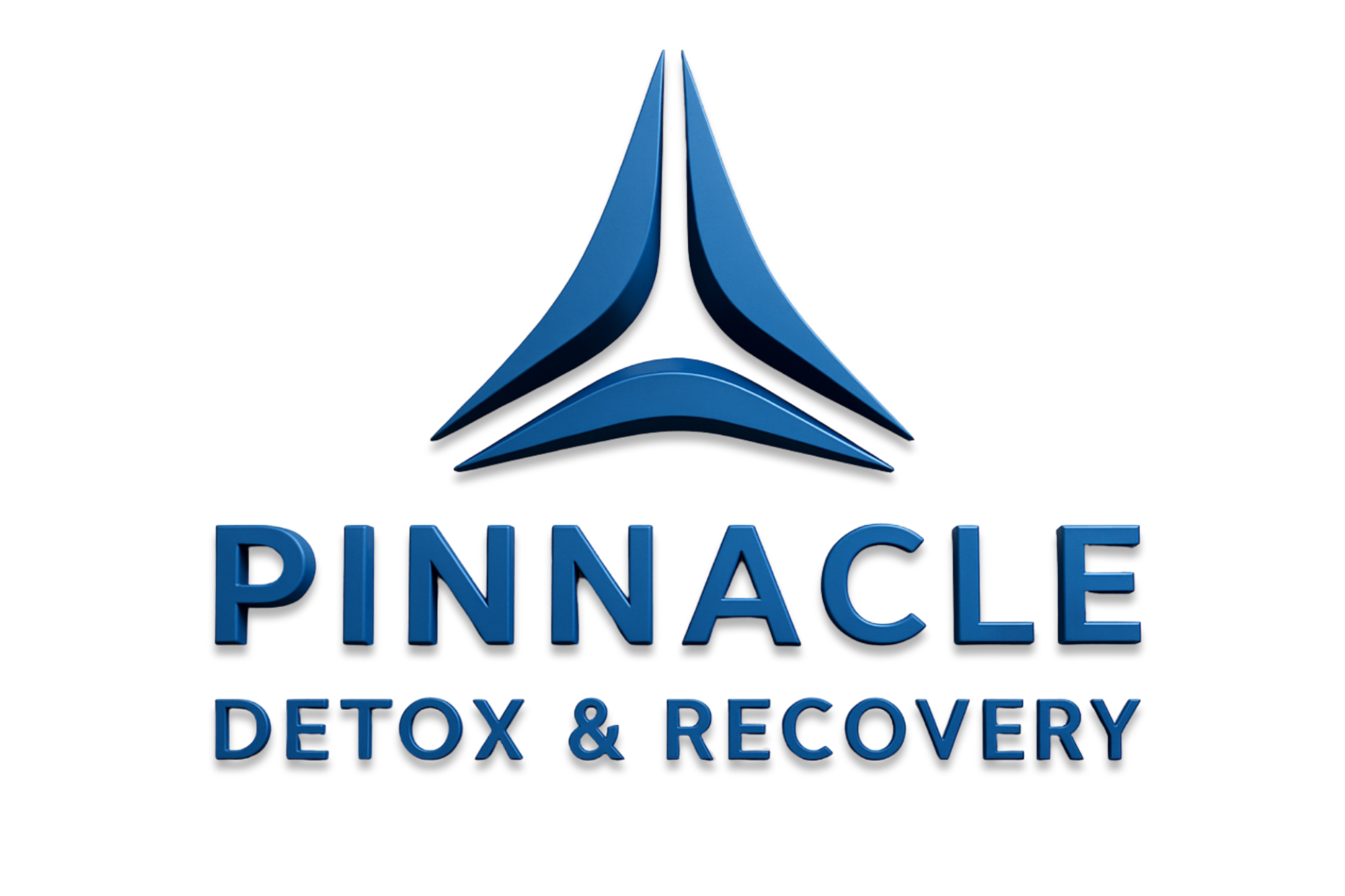Behavioral addiction develops when your brain's
reward system becomes hijacked by
compulsive actions, creating changes similar to substance addiction. You'll experience excessive dopamine release that drives reward-seeking beyond natural levels, while your
prefrontal cortex loses its ability to regulate impulses. This creates a three-stage cycle of
binge, withdrawal, and preoccupation that's reinforced by emotional distress and social pressures. Understanding these neurological and behavioral patterns reveals pivotal pathways for breaking free from addictive cycles.
The Brain Chemistry Behind Behavioral Addiction
While many people associate addiction primarily with substances,
behavioral addiction follows remarkably similar patterns in the brain's chemistry and structure. Your brain releases excessive
dopamine in the
nucleus accumbens, driving you to seek rewards far beyond natural levels. This neurotransmitter imbalance disrupts your
prefrontal cortex's ability to regulate behavior, leading to impaired impulse control. The
three-stage cycle of binge, withdrawal, and preoccupation characterizes both substance and behavioral addictions.
Seeking rewards becomes an automatic habit rather than a conscious choice.
Thankfully, research shows that the brain can achieve
structural recovery through sustained abstinence from addictive behaviors. As you repeatedly engage in the addictive behavior, your brain adapts by becoming less sensitive to normal pleasures. You'll need increasing stimulation to feel the same reward effect, while
stress-related chemicals in your
extended amygdala intensify negative emotions during withdrawal. Your brain's reward, stress, and executive control systems become progressively unbalanced, shifting you away from rational decision-making in the direction of automatic, compulsive actions.
Warning Signs and Early Stages of Development
Understanding the brain chemistry of behavioral addiction enables recognition of early warning signs before patterns become deeply entrenched. You'll notice changes across multiple life domains, from intimate relationships to daily functioning. These warning signs often mirror substance abuse connections, highlighting the brain's similar response to behavioral and chemical dependencies. People struggling often show an
inability to abstain from the problematic behavior even when they try to stop.
| Domain |
Early Signs |
Advanced Indicators |
| Social |
Withdrawal from family |
Complete isolation |
| Physical |
Sleep disruption |
Visible health decline |
| Emotional |
Mood fluctuations |
Severe volatility |
When you observe secretive behaviors, lifestyle changes, or declining performance, it is pivotal to recognize these as potential indicators. Watch for escalating patterns where the behavior intensifies despite negative consequences. A person may experience
sudden mood swings without apparent cause as the addiction progresses. The progression typically moves from experimentation to preoccupation, accompanied by increasing tolerance levels and risk-taking behaviors. Early detection and intervention can help prevent the
deterioration of grooming and other physical symptoms that often accompany addictive behaviors.
Common Triggers and Reinforcement Patterns
When you're struggling with
behavioral addiction, emotional distress often serves as a primary trigger, pushing you to seek escape through
compulsive actions. You'll notice social pressure substantially impacts your behavior, especially when peers or groups normalize and reinforce addictive patterns. The
dopamine signals drive you to repeat these rewarding yet problematic behaviors through a system of learned responses. Your exposure to
environmental cues, such as specific locations, people, or situations associated with the addiction, can instantly spark powerful urges to engage in the problematic behavior. Research shows that
early childhood experiences can significantly shape your vulnerability to developing and maintaining addictive behaviors. The progression from initial engagement to addiction often occurs at an accelerated pace, demonstrating what experts call the
telescoping effect.
Emotional Distress and Escape
The profound relationship between
emotional distress and addiction creates a
self-perpetuating cycle that shapes both behavioral patterns and
psychological dependence. When you're struggling with chronic stress, anxiety, or trauma, you'll likely seek immediate relief through
non-productive coping mechanisms that temporarily numb your pain. The urge to seek
temporary relief from substances becomes increasingly strong as negative emotions intensify. Certain activities can trigger
security measures that prevent access to support resources online, further isolating those seeking help. Establishing a
strict sleep schedule can help prevent emotional vulnerability and reduce relapse risks.
Your brain quickly learns to associate these escape behaviors with
emotional relief, strengthening the neural pathways that drive addictive patterns. Without effective
emotional regulation strategies, you'll find yourself increasingly vulnerable to triggers like sadness, anger, or loneliness. Each time you turn to substances or compulsive behaviors for comfort, you're reinforcing this cycle. The temporary relief you experience leads to tolerance, requiring more intense or frequent engagement to achieve the same emotional escape, deepening your psychological dependence over time.
Social Pressure Drives Behavior
Social pressure serves as a powerful catalyst in shaping
behavioral addictions, extending beyond individual emotional triggers into the complex dynamics of
group influence. Research indicates that
self-concept clarity plays a crucial moderating role in how individuals respond to social pressures. You'll find that both direct encouragement and indirect observation of others' habits create powerful reinforcement patterns, especially when tied to family expectations and perceived
social status within your
peer groups.
Late childhood and adolescence represents a particularly vulnerable period for developing addictive behaviors through peer influence.
Your susceptibility to behavioral addiction increases in environments where these actions are
normalized and celebrated. When you're exposed to settings like college parties or social gatherings where certain behaviors are common, you're more likely to adopt them to maintain group acceptance. The cycle becomes self-reinforcing as positive feedback from peers outweighs potential negative consequences, creating a loop where
social approval continuously strengthens your addictive patterns. Experiences of
social isolation and ridicule can significantly increase the likelihood of developing addictive behaviors as a coping mechanism.
Environmental Cues Spark Urges
How powerfully can
familiar sights, sounds, and settings trigger addictive urges? Your brain rapidly responds to environmental cues that it associates with past substance use. These triggers include specific locations, drug paraphernalia, certain social contacts, and sensory stimuli that your brain connects to previous episodes of use.
When you encounter these cues, your brain's
reward circuits activate, releasing
dopamine and intensifying cravings. Through repeated exposure, these environmental triggers become
powerful reinforcers that can maintain addictive patterns. Reframing maladaptive responses becomes essential, as even brief exposure to familiar contexts can
reactivate drug-seeking behaviors. That's why developing coping techniques focuses on
identifying and managing your response to these triggers. Understanding your personal environmental cues is fundamental for preventing relapse and maintaining recovery progress.
Social and Environmental Impact on Progression
Multiple environmental and social forces shape the progression of
behavioral addiction, with
peer dynamics and
family circumstances playing central roles. You're more likely to develop addictive behaviors when exposed to substance use at home or when
parental monitoring is insufficient.
Early trauma, household instability, and family rejection greatly increase your vulnerability.
Your social circle's influence can't be understated; when peers normalize risky behaviors, you're more likely to participate.
Community engagement acts as a protective factor, but neighborhood characteristics like poverty and crime can accelerate addiction progression. You'll face higher risks in environments where addictive behaviors are culturally accepted and easily accessible. Chronic stress from socioeconomic challenges, combined with limited access to prevention services, further compounds your susceptibility to behavioral addiction.
Breaking the Cycle: Recovery Pathways
Breaking free from
behavioral addiction starts when you confront and overcome denial through
evidence-based treatment programs and
peer support systems that boast success rates of up to 80%. You'll find that
structured interventions, whether through formal rehabilitation or community-based programs, provide essential tools and accountability to disrupt addictive patterns and build healthier coping mechanisms. Your chances of sustained recovery increase considerably when you combine professional treatment with ongoing support networks, including family involvement and regular check-ins that help prevent relapse during vulnerable periods.
Breaking Denial's Powerful Hold
When individuals face
behavioral addiction, denial emerges as one of the most formidable obstacles to recovery. Through
denial, confrontation and
accepting accountability, you can break free from this
psychological barrier that keeps you trapped in addictive patterns.
The path to overcoming denial involves recognizing these essential stages:
- Acknowledging the presence of defensive mechanisms like minimization and rationalization
- Participating in structured interventions and professional counseling
- Engaging with peer support groups to build accountability
- Developing self-awareness through education about addiction's consequences
Your chances of maintaining
long-term recovery increase markedly when you address denial early. Research shows that consistent participation in therapy and support groups can reduce
relapse rates to approximately 15% after five years, making early intervention pivotal for breaking denial's powerful hold.
Support Systems Restore Hope
Three
core pillars of support systems, clinical services,
peer assistance, and community resources, form the foundation for
sustainable addiction recovery. When you're maintaining supportive relationships through these channels, you'll experience increased abstinence rates and amplified well-being. Evidence shows that combining clinical treatment with recovery support services leads to better outcomes than either approach alone.
Building Sustainable Behavior Change
Building
sustainable behavior change requires a
systematic approach that integrates multiple evidence-based strategies and frameworks. You'll need to utilize both incentive structures and social modeling while addressing
internal and external barriers that prevent lasting transformation. The most effective interventions combine
gradual shifts with strong support networks.
- Use the COM-B model to assess your capability, opportunity, and motivation
- Join peer networks or EcoTeams to maintain accountability
- Start with small, manageable changes before scaling up
- Measure progress through specific behavioral metrics
Frequently Asked Questions
Can Behavioral Addictions Develop at Any Age, or Mainly During Specific Periods?
While you can develop
behavioral addictions at any time, they most commonly emerge during
adolescence and early adulthood. Your
genetic predisposition and childhood influences play vital roles in vulnerability. The peak risk occurs between ages 10-19 when your brain undergoes significant changes, especially in impulse control regions. Though adult onset is possible due to life stressors or new environmental exposures, early onset typically leads to more severe addiction patterns.
You'll typically see
behavioral addictions develop over weeks to months, though the exact timeline varies considerably.
Initial onset triggers like stress, trauma, or intense emotional experiences can expedite this process. When the behavior meets your underlying psychological needs for reward or relief, you're more likely to develop an addiction swiftly. If you have
genetic predispositions or co-occurring mental health conditions, you might experience a quicker progression in the direction of addictive patterns.
Are Certain Personality Types More Resistant to Developing Behavioral Addictions?
Yes, certain
personality traits can make you more resistant to behavioral addictions. You'll have better protection if you're highly conscientious,
agreeable, or extroverted. These traits help you maintain
self-control and build
supportive relationships. However, environmental factors still play a pivotal role, even though protective personality traits aren't guaranteed shields. If you're highly neurotic or impulsive, you'll face increased risk, but remember: no single "addictive personality" type exists, and traits can be modified through intervention.
Can Behavioral Addictions Be Completely Cured or Only Managed Long-Term?
You can't fully cure behavioral addictions; they require
lifelong management rather than expecting a permanent fix. While you'll experience periods of stable recovery and remission, the recovery process duration is
ongoing. You'll need to actively maintain healthy behaviors, coping strategies, and support systems throughout your life. Like substance addictions, behavioral addictions are
chronic conditions that you'll manage through continued therapy, support groups, and vigilant monitoring of triggers.
Does Treating One Behavioral Addiction Increase Vulnerability to Developing Others?
Yes, you're at increased risk of
cross-addiction when treating one behavioral addiction alone. If you don't address underlying vulnerabilities like impulsivity,
emotional dysregulation, or comorbid psychiatric conditions, you may become susceptible to developing new addictive behaviors. That's why you need detailed treatment that tackles both the specific addiction and core risk factors. Research shows that
integrated treatment approaches targeting multiple vulnerabilities are more effective at preventing
substitute addictions from emerging.
 While many people associate addiction primarily with substances, behavioral addiction follows remarkably similar patterns in the brain's chemistry and structure. Your brain releases excessive dopamine in the nucleus accumbens, driving you to seek rewards far beyond natural levels. This neurotransmitter imbalance disrupts your prefrontal cortex's ability to regulate behavior, leading to impaired impulse control. The three-stage cycle of binge, withdrawal, and preoccupation characterizes both substance and behavioral addictions. Seeking rewards becomes an automatic habit rather than a conscious choice.
Thankfully, research shows that the brain can achieve structural recovery through sustained abstinence from addictive behaviors. As you repeatedly engage in the addictive behavior, your brain adapts by becoming less sensitive to normal pleasures. You'll need increasing stimulation to feel the same reward effect, while stress-related chemicals in your extended amygdala intensify negative emotions during withdrawal. Your brain's reward, stress, and executive control systems become progressively unbalanced, shifting you away from rational decision-making in the direction of automatic, compulsive actions.
While many people associate addiction primarily with substances, behavioral addiction follows remarkably similar patterns in the brain's chemistry and structure. Your brain releases excessive dopamine in the nucleus accumbens, driving you to seek rewards far beyond natural levels. This neurotransmitter imbalance disrupts your prefrontal cortex's ability to regulate behavior, leading to impaired impulse control. The three-stage cycle of binge, withdrawal, and preoccupation characterizes both substance and behavioral addictions. Seeking rewards becomes an automatic habit rather than a conscious choice.
Thankfully, research shows that the brain can achieve structural recovery through sustained abstinence from addictive behaviors. As you repeatedly engage in the addictive behavior, your brain adapts by becoming less sensitive to normal pleasures. You'll need increasing stimulation to feel the same reward effect, while stress-related chemicals in your extended amygdala intensify negative emotions during withdrawal. Your brain's reward, stress, and executive control systems become progressively unbalanced, shifting you away from rational decision-making in the direction of automatic, compulsive actions.
 When you're struggling with behavioral addiction, emotional distress often serves as a primary trigger, pushing you to seek escape through compulsive actions. You'll notice social pressure substantially impacts your behavior, especially when peers or groups normalize and reinforce addictive patterns. The dopamine signals drive you to repeat these rewarding yet problematic behaviors through a system of learned responses. Your exposure to environmental cues, such as specific locations, people, or situations associated with the addiction, can instantly spark powerful urges to engage in the problematic behavior. Research shows that early childhood experiences can significantly shape your vulnerability to developing and maintaining addictive behaviors. The progression from initial engagement to addiction often occurs at an accelerated pace, demonstrating what experts call the telescoping effect.
When you're struggling with behavioral addiction, emotional distress often serves as a primary trigger, pushing you to seek escape through compulsive actions. You'll notice social pressure substantially impacts your behavior, especially when peers or groups normalize and reinforce addictive patterns. The dopamine signals drive you to repeat these rewarding yet problematic behaviors through a system of learned responses. Your exposure to environmental cues, such as specific locations, people, or situations associated with the addiction, can instantly spark powerful urges to engage in the problematic behavior. Research shows that early childhood experiences can significantly shape your vulnerability to developing and maintaining addictive behaviors. The progression from initial engagement to addiction often occurs at an accelerated pace, demonstrating what experts call the telescoping effect.
 Multiple environmental and social forces shape the progression of behavioral addiction, with peer dynamics and family circumstances playing central roles. You're more likely to develop addictive behaviors when exposed to substance use at home or when parental monitoring is insufficient. Early trauma, household instability, and family rejection greatly increase your vulnerability.
Your social circle's influence can't be understated; when peers normalize risky behaviors, you're more likely to participate. Community engagement acts as a protective factor, but neighborhood characteristics like poverty and crime can accelerate addiction progression. You'll face higher risks in environments where addictive behaviors are culturally accepted and easily accessible. Chronic stress from socioeconomic challenges, combined with limited access to prevention services, further compounds your susceptibility to behavioral addiction.
Multiple environmental and social forces shape the progression of behavioral addiction, with peer dynamics and family circumstances playing central roles. You're more likely to develop addictive behaviors when exposed to substance use at home or when parental monitoring is insufficient. Early trauma, household instability, and family rejection greatly increase your vulnerability.
Your social circle's influence can't be understated; when peers normalize risky behaviors, you're more likely to participate. Community engagement acts as a protective factor, but neighborhood characteristics like poverty and crime can accelerate addiction progression. You'll face higher risks in environments where addictive behaviors are culturally accepted and easily accessible. Chronic stress from socioeconomic challenges, combined with limited access to prevention services, further compounds your susceptibility to behavioral addiction.



